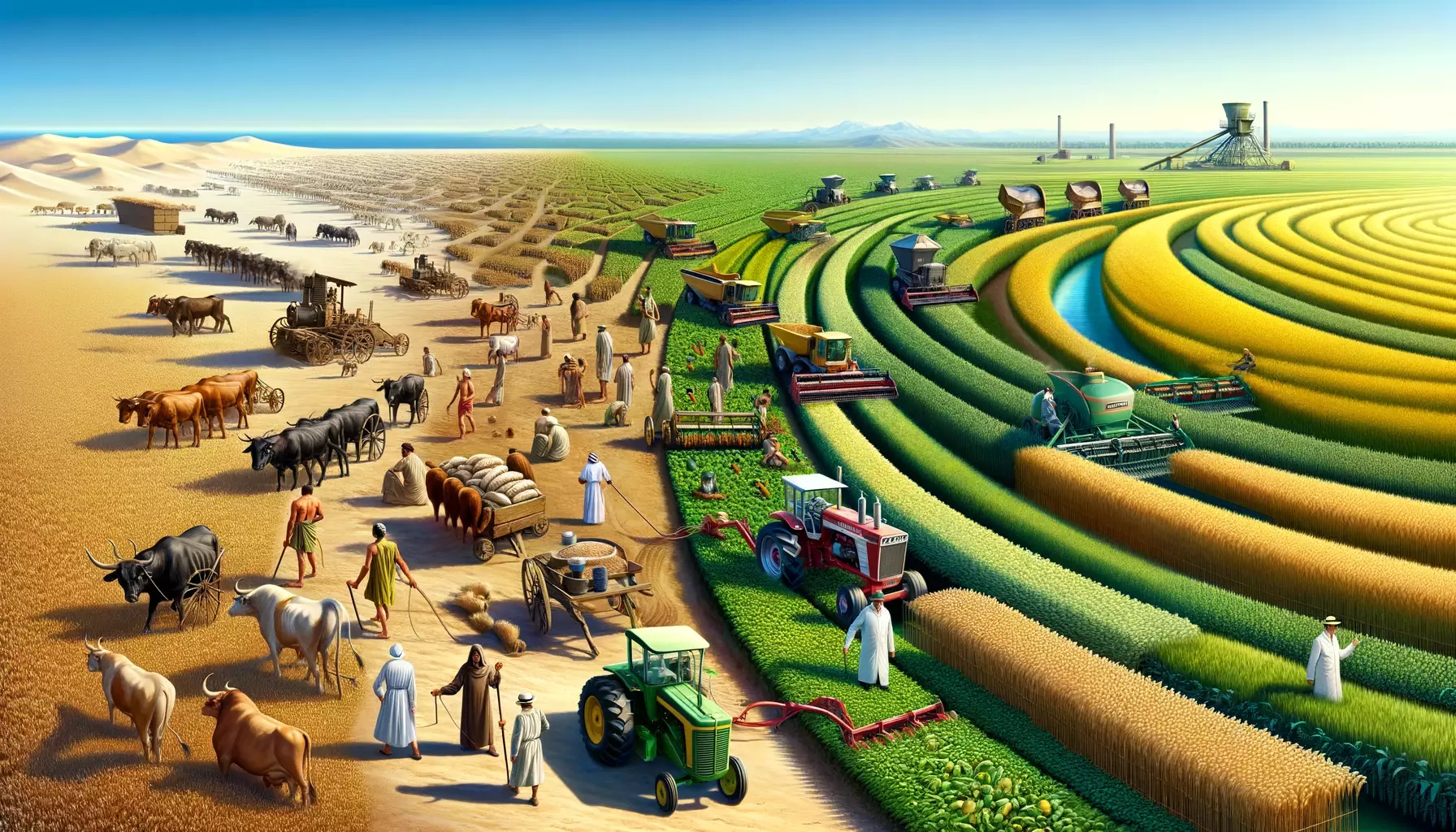Introduction: The Backbone of Daily Life – Agriculture Imagine starting your day with cotton-made clothes, a bowl of multigrain cereal topped with milk, or filling your car with ethanol-blended fuel. These everyday items link us directly to the world of agriculture. Agriculture isn’t just about growing crops; it extends to producing essential items like clothing, food, and even fuel. Farmers play a crucial role in our daily lives, from cultivating cotton for our clothes and grains for our breakfast cereals to rearing livestock for dairy products and meat. Even unique culinary delights like turducken, a blend of turkey, duck, and chicken, are products of agricultural ingenuity.
Technology and Farming: A Symbiotic Relationship The task of feeding and clothing a growing global population is immense. It requires not just natural elements like rain and sunshine but also a significant dose of technology. Today’s farmers are as likely to rely on GPS for crop management as they are on traditional farming almanacs. The transformation in agricultural productivity is evident: a single U.S. farmer in the 1940s fed 19 people, a number that skyrocketed to 155 by the 2000s. Let’s explore five key technological advancements that have made this leap possible.
1. The Evolution of the Plow The plow, a simple yet revolutionary tool, dates back to 3500 B.C.E. when Egyptians used iron-tipped plows pulled by oxen to till the land. This innovation enabled farmers to cultivate more land quickly, control weeds effectively, and enhance crop yields. Despite its ancient origins, the basic design of the plow remained consistent for millennia.
The plow’s journey took a significant turn in 1837 when John Deere, an Illinois blacksmith, repurposed a steel saw blade into a plow blade. This innovation prevented soil from sticking to the plow, increasing efficiency. By 1855, John Deere’s steel plows were in high demand, marking the start of a major agricultural manufacturing era in America.
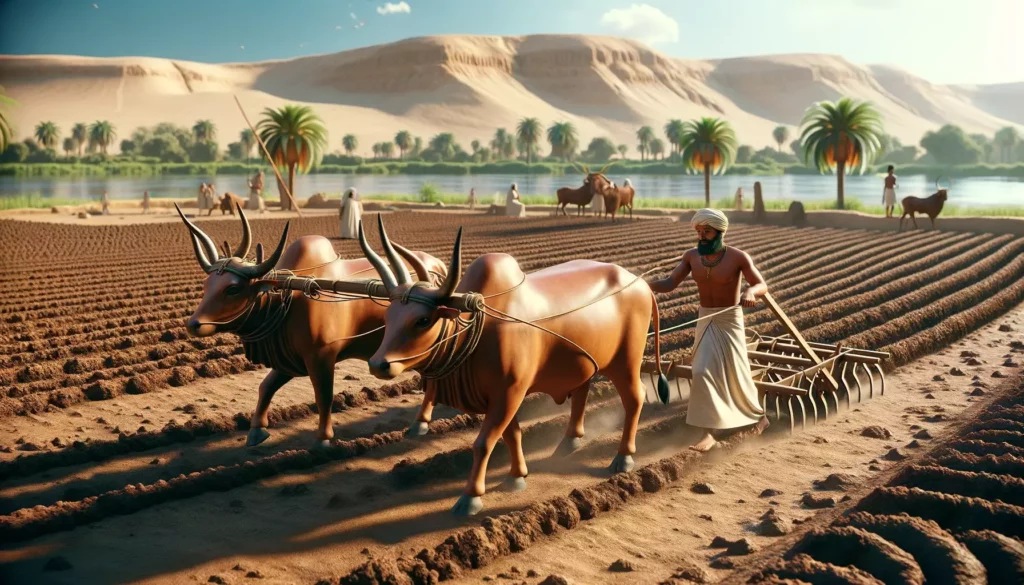
2. Tractors: The Powerhouses of Modern Farming Before tractors, farmers depended on animal and human labor for fieldwork. The introduction of portable steam engines in the 1870s marked the beginning of mechanized farming. These engines initially helped in wheat harvesting.
By the 1920s, tractors had evolved to become lighter and more versatile, with the Farmall tractor emerging as a key player. This innovation allowed farmers to work larger areas with less labor, dramatically increasing agricultural output.
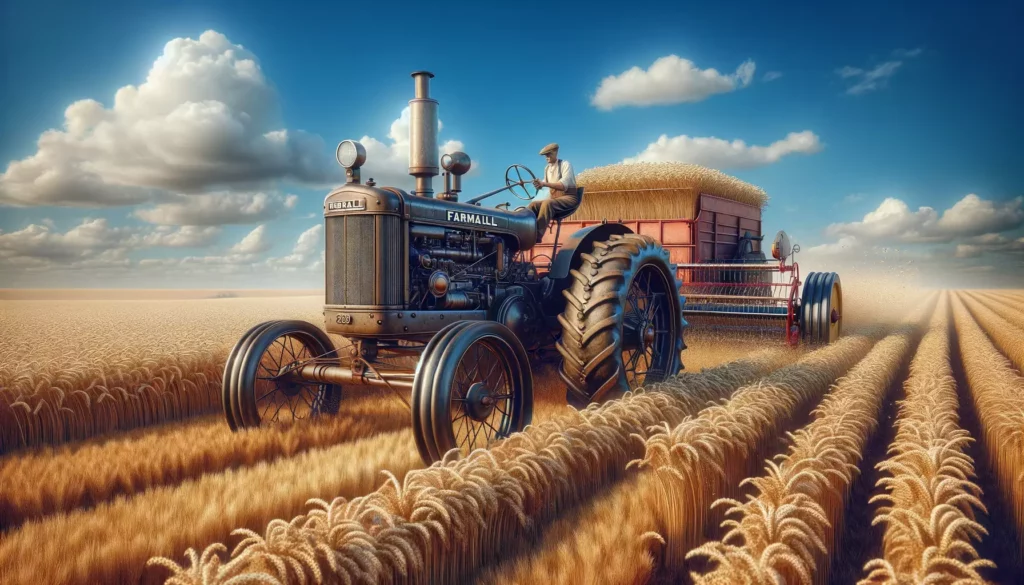
3. The Combine: Revolutionizing Harvesting Harvesting, a labor-intensive process, was transformed with the invention of the combine. The first self-propelled combine, patented in 1886, could harvest 100 acres a day, a task that previously took several days.
Modern combines, much like their ancestors, use a wide header with blades for cutting and a mechanism for separating grains. Additionally, they incorporate technology like interchangeable heads for different crops and GPS systems to enhance efficiency.
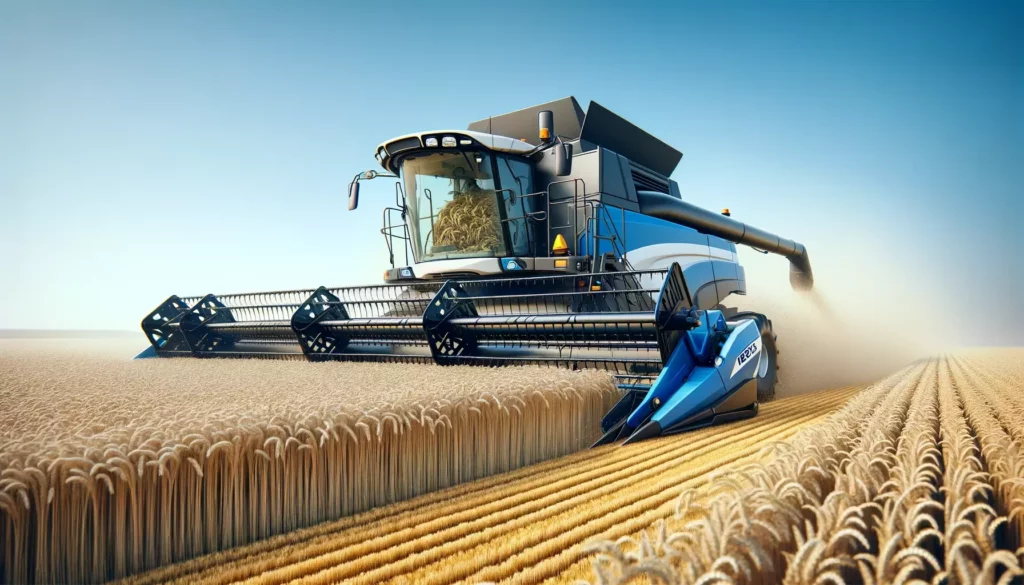
4. Fertilizer: Boosting Crop Yields Before commercial fertilizers, crop growth depended solely on natural soil nutrients. The introduction of commercial fertilizers, a blend of nitrogen, phosphate, and potash, marked a significant shift in farming practices. This development allowed for consistent high yields and the repeated use of the same land for farming.
The widespread use of fertilizers began in the late 1880s, with American farmers applying millions of tons annually by the late 20th century. While beneficial for crop production, the environmental impact of fertilizers, particularly nitrates, has raised concerns about groundwater contamination.
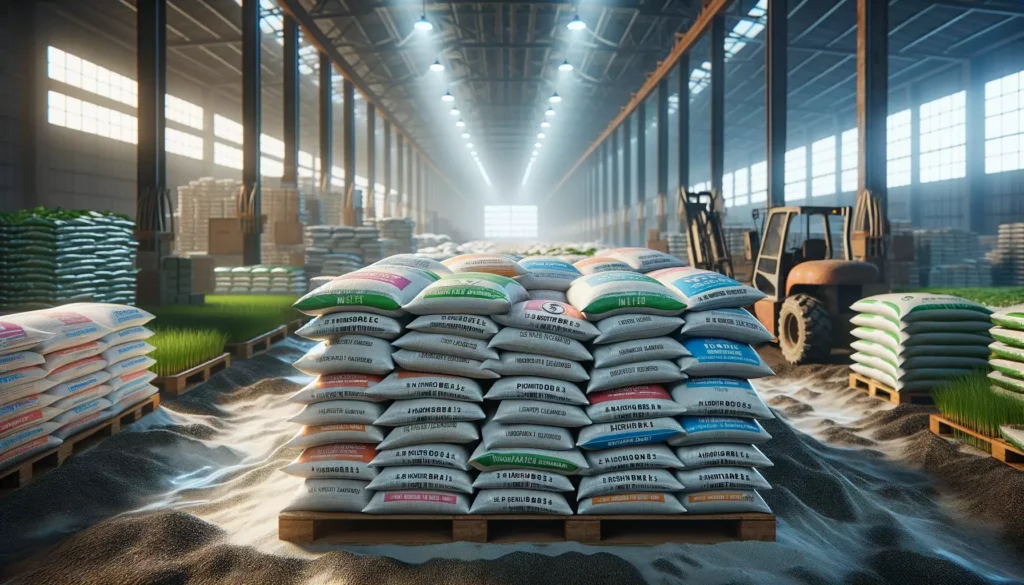
5. Biotechnology: Shaping the Future of Agriculture Biotechnology, particularly the creation of genetically modified organisms (GMOs), represents a major advancement in agricultural technology. Since the mid-1990s, biotech has been used to develop crops with higher yields, shorter life cycles, and better resistance to pests and diseases. By 2012, a significant portion of U.S. crops, including cotton, soybeans, and corn, were planted using biotech seeds.
Despite concerns about potential health and environmental impacts, biotechnology has undeniably boosted agricultural production and changed the face of farming.

Conclusion: Technology Driving Agriculture Forward While farmers still depend on weather forecasts, their success is increasingly driven by technological advancements. From barcoded tags on livestock to self-steering tractors, technology is propelling agriculture into a new era of efficiency and productivity.
